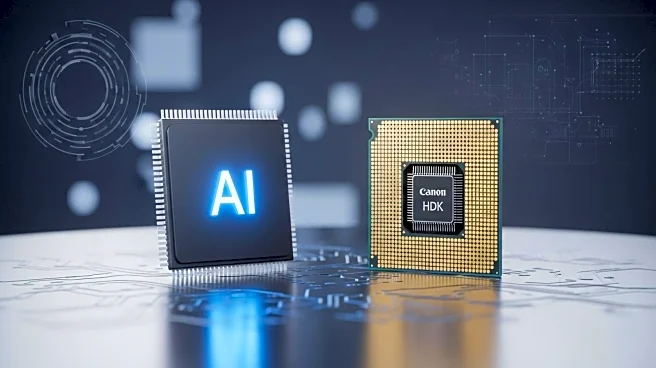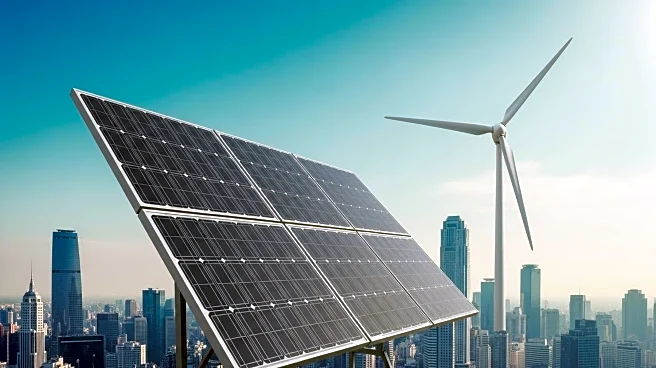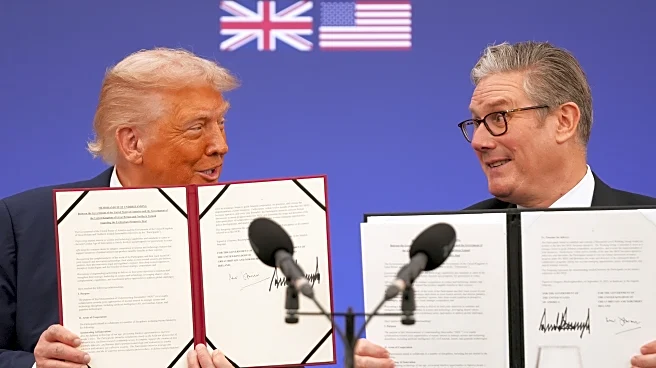What's Happening?
The Tennessee Valley Authority (TVA), the largest public power utility in the U.S., has announced plans to construct a 350 MW nuclear fusion power plant at a retired coal site in Tennessee. This initiative aims to provide carbon-free energy to approximately 300,000 homes. The project will utilize stellarator fusion technology developed by Type One Energy, supported by Bill Gates's Breakthrough Energy Ventures. Unlike conventional fusion reactors, the stellarator design promises continuous operation without constant adjustments, potentially offering stable and efficient power generation. The TVA's move is driven by increasing electricity demands from artificial intelligence and high-tech industries, which require reliable, round-the-clock power without the carbon footprint associated with fossil fuels.
Why It's Important?
The TVA's fusion project represents a significant step towards addressing the growing energy needs of the AI and tech sectors, which are projected to increase substantially in the coming years. By investing in fusion technology, TVA is positioning itself to provide clean, reliable energy that can support the expansion of AI, quantum computing, and advanced manufacturing. This initiative also highlights the broader trend of tech companies, such as Microsoft and Google, investing in fusion power to secure long-term green energy supplies for their operations. The success of this project could pave the way for a new era of energy production, reducing reliance on fossil fuels and contributing to climate change mitigation efforts.
What's Next?
The TVA's fusion power plant project is still in the planning stages, with final design and licensing reviews expected to be completed by 2029. Construction and testing could begin in the 2030s, with the goal of feeding power into the grid by the mid-2030s. The project will require regulatory approvals and must meet TVA's cost and reliability standards before proceeding. If successful, this could lead to the deployment of additional fusion plants, further transforming the energy landscape. The TVA's dual approach, investing in both fusion and next-generation fission reactors, underscores its commitment to providing reliable, carbon-free power in the AI era.
Beyond the Headlines
The TVA's fusion initiative is part of a broader movement towards advanced nuclear technologies, including small modular reactors (SMRs). This dual strategy reflects the utility's efforts to hedge its bets on both fusion and fission to meet future clean energy demands. While fusion offers the promise of nearly limitless energy without greenhouse gases or long-lived waste, it remains a formidable challenge with significant engineering hurdles. The involvement of tech giants and private investors in fusion development is accelerating innovation, potentially shortening the timeline for commercialization. However, fusion is not expected to be a near-term solution for climate change, with widespread deployment likely decades away.












